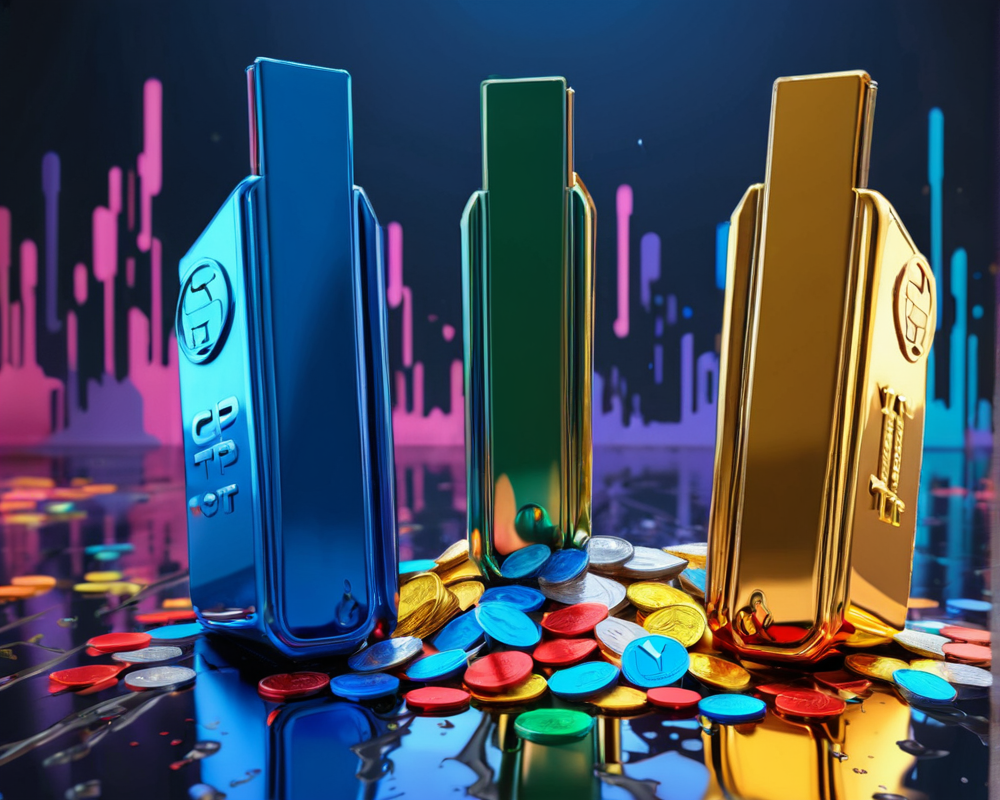Understanding Crypto Wallets
As cryptocurrency continues to nab headlines and pull in novice investors like a charismatic magician at a bar, the conversation around how to protect and hold these digital treasures is getting louder. Enter the world of crypto wallets – the trusty vaults for your virtual gold.
A crypto wallet is a software program that allows users to store, send, and receive cryptocurrency. Imagine it as your digital purse, but instead of crumpled dollar bills, you’ve got cryptographic strings of code. Each wallet comes equipped with a private key, a special code that acts like your secret handshake into the world of digital currency. Without it, accessing your funds is like trying to enter a club without a membership. Getting in just isn’t going to happen.
The Custodial Wallet: A Double-Edged Sword
So, what is a custodial wallet? Think of it as handing your wallet over to a trusted babysitter (the third-party, often an exchange) who holds onto it for you. This type of wallet is the gateway drug to crypto – easy and convenient, especially for newbies. However, the trade-off? Less security. Sure, your babysitter might protect your financial secrets, but can you really trust her to not throw a wild party with your money?
- Pros: Easier to use, password resets available, custodial support.
- Cons: Vulnerable to hacks, less control over your assets.
The Non-Custodial Wallet: The Lone Wolf
For those feeling a bit braver (or simply wanting a little more control), non-custodial wallets step into the limelight. With this type of wallet, you wear the pants in the relationship. You hold the private keys and, thus, your crypto. It’s like being the captain of your own ship, sailing through turbulent waters. The gamble? With great power comes great responsibility. Should you misplace your keys, your funds vanish faster than a magician pulling a rabbit out of a hat.
The Hiccups of Non-Custodial Wallets
While the non-custodial wallet might sound appealing, it’s not all rainbows and unicorns. Setting one up is a breeze, but securing your recovery seed phrase—your golden ticket back into your wallet—is where things can get dicey. Writing it down and tossing it in your sock drawer won’t cut it! You’d be better off storing it in a far more secure location.
Plus, understanding transaction mechanics could make your head spin. For example, if you want to transfer Tether on Ethereum, you need Ether for gas, which could feel like an annoying roadblock. Why can’t we just use the toll-free road, right?
What’s Next for Wallets?
Meanwhile, experts suggest that while custodial wallets may be friendlier for the casual user, they aren’t necessarily the safest. Innovation is happening, as both custodial and non-custodial wallets are increasingly user-friendly. Username features and streamlined transactions? Yes, please! We want crypto to be as easy as ordering a pizza, but with a sprinkle of added security.
As Rodolphe Seynat aptly puts it, “Non-custodial wallets have a long way to go before they can be considered viable options for everyday use.” Hopefully, we get to that point soon because nobody wants their crypto journey to feel like an episode of a survival show.



